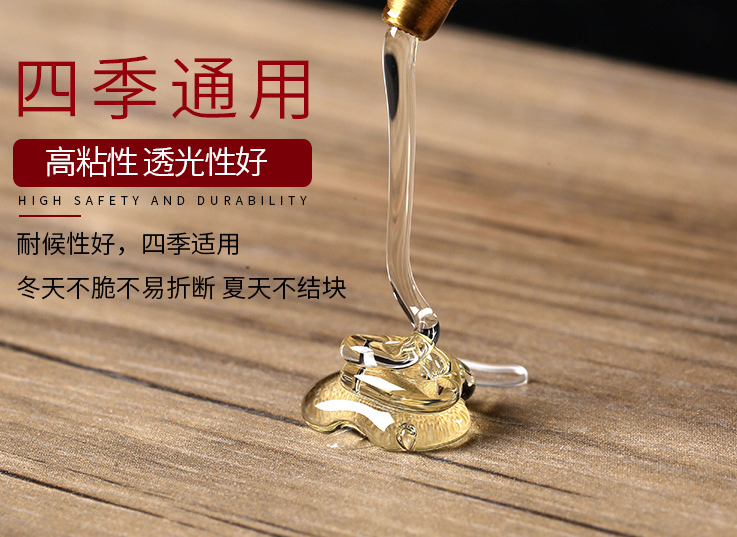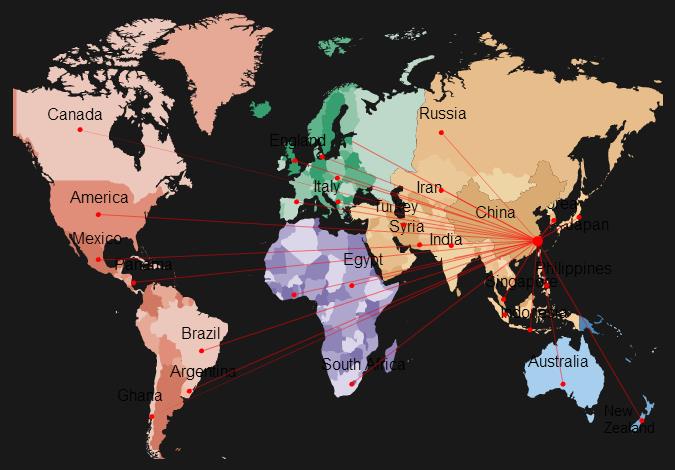Hot-melt Adhesive Applications
ot-melt adhesives are as numerous as they are versatile. In general, hot melts are applied by extruding, rolling or spraying, and the high melt viscosity makes them ideal for porous and permeable substrates.[43] HMA are capable of bonding an array of different substrates including: rubbers, ceramics, metals, plastics, glass and wood.[40]
Today, HMA (hot-melt adhesives) are available in a variety of different types, allowing for use in a wide range of applications across several industries. For use with hobby or craft projects such as the assembly or repair of remote control foam model aircraft, and artificial floral arrangements, hot-melt sticks and hot-melt glue guns are used in the application of the adhesive. For use in industrial processes, adhesive is supplied in larger sticks and glue guns with higher melting rates. Aside from hot melt sticks, HMA can be delivered in other formats such as granular or power hot melt blocks for bulk melt processors. Larger applications of HMA traditionally use pneumatic systems to supply adhesive.[43]
Examples of industries where HMA is used includes:
- Closing the flaps of corrugated boxes and paperboard cartons in the packaging industry.[44]
- Spine gluing in the bookbinding industry[44]
- Profile-wrapping, product assembly and laminating applications in the woodworking industry[44]
- Disposable diapers are constructed through the use of HMA, bonding the non-woven material to both the backsheet and the elastics.
- Many electronic device manufacturers may also use an HMA to affix parts and wires, or to secure, insulate, and protect the device’s components.

Previous:Hot Melt Glues Materials Used
Next:Wood Chipper



